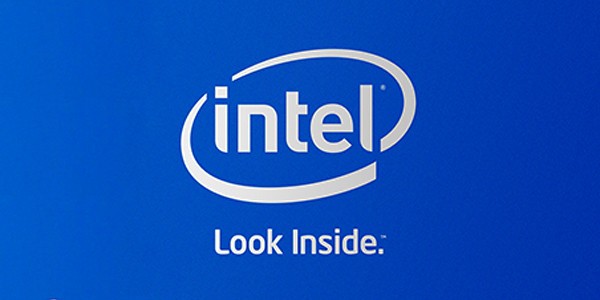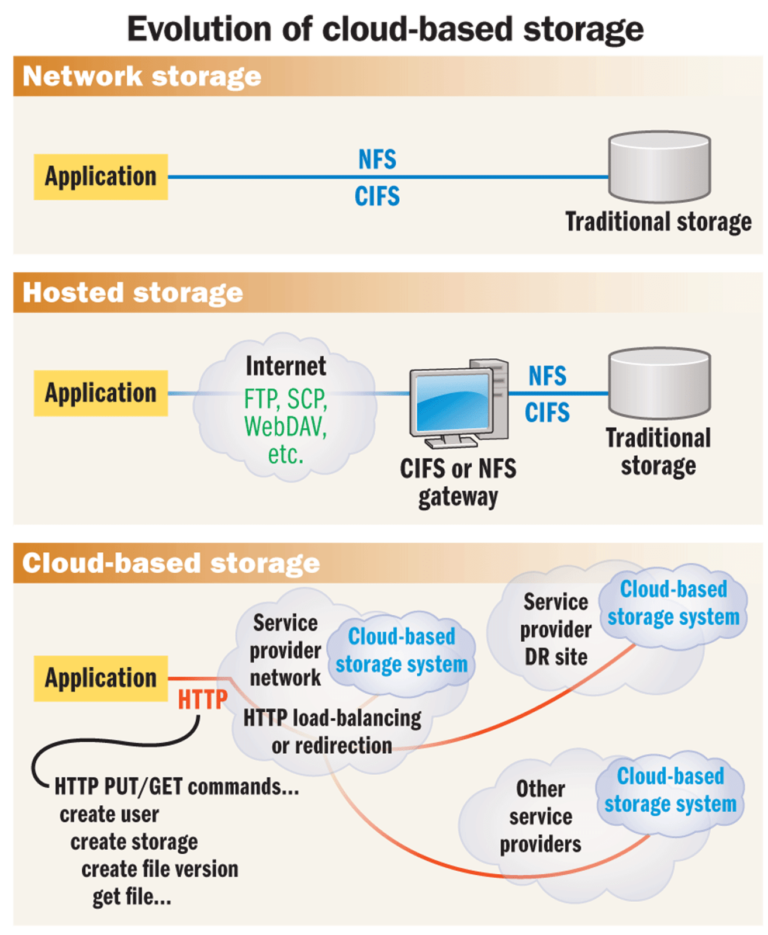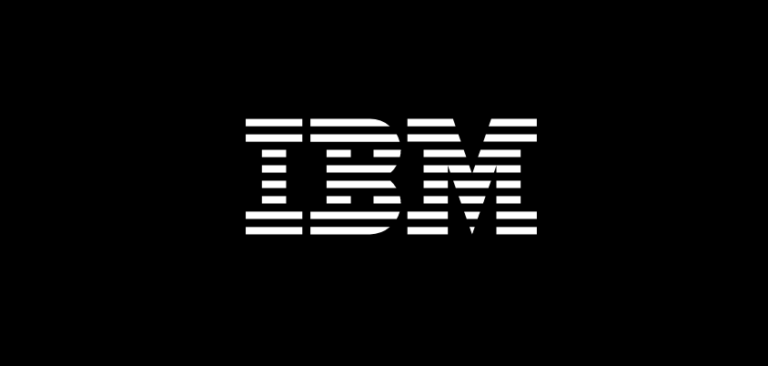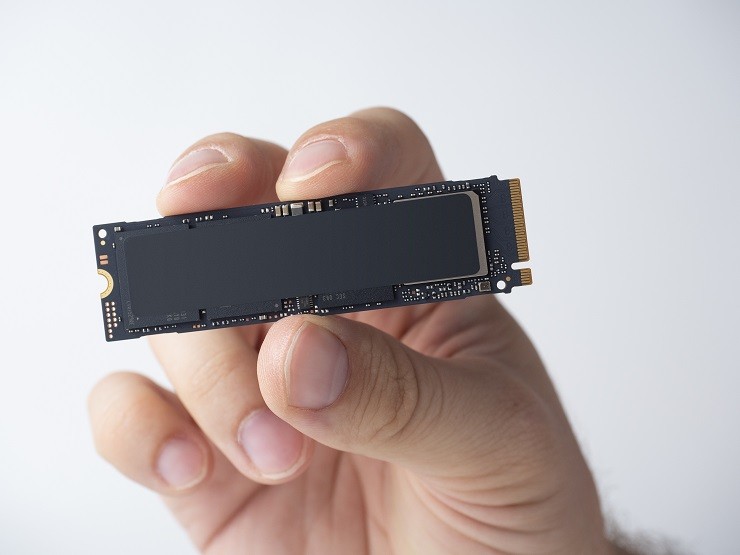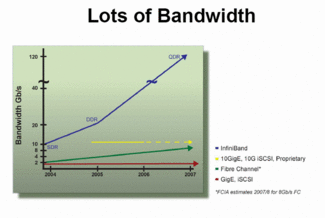Th issue of SSD drive life is coming to the fore – the economics of solid state storage is being turned on its head thanks to the introduction of longer-lasting enterprise SSDs.
That’s the conclusion of Randy Kerns, senior strategist and analyst at storage analyst Evaluator Group. Kerns was talking at the Flash Forward solid state storage conference in London in June. He says that flash-based storage is becoming far more durable than was the case in the past, and as a result enterprise SSD vendors like SanDisk are beginning to offer guarantees of ten years or more for some of their products.
In short, the SSD lifetime is getting longer – and with time will grow far longer.
“Dramatic Effect” Of Enterprise SSDs
“When the lifespans of enterprise SSDs change, the effect is dramatic,” he said. “It affects not just the running costs but also migration, and it overlaps with all the other things built in to the total cost of ownership. So this is huge, and it overwhelms the price differential between spinning disk and flash.”
It’s an important point because enterprise SSD storage remains stubbornly more expensive than spinning-disk storage in terms of cost per gigabyte to purchase. But hard drive storage systems are only designed for a useful life of about three years, after which they have to be replaced and the data migrated to the new hardware. If enterprise SSD systems need to be replaced far less frequently, the effect is a significant reduction in total cost of ownership (TCO).
Enterprise SSDs Allow Consolidation
With enterprise SSDs there’s also an increasing TCO advantage derived from the fact that you need fewer or smaller storage systems. That’s because enterprise SSDs are becoming much denser in terms of data capacity than conventional hard drives. For example, in March Samsung unveiled its PM1633a enterprise SSD, which comes in a 2.5″ form factor and uses 3D NAND to offer a capacity of 15.36TB. By 2020 Toshiba predicts capacities of 20-40TB for hard drives, while enterprise SSDs could reach capacities exceeding 256TB.
TCO reductions stem from space reduction, but also from vastly lower power and cooling requirements. To get an idea of the scale of the space and power advantages of SSDs, consider this: 1PB of data could be provided by twenty five conventional hard drives — or many more if techniques like short-stroking are employed to improve performance — or just four less-power-hungry SSDs.
Storage technology changes rapidly, so the idea of a storage system that could last for ten years may not seem to be a great idea: buying one could lock you out of any new technological advances for the best part of a decade.
A solution to this problem, Kerns suggested, could be to disaggregate the controller from the underlying flash storage. “You could change the controller every three years, but change the flash every ten years – so you would look at the technology of controllers and of flash separately,” he said.
Online Archives With Enterprise SSDs
As the longevity of enterprise SSD devices increases – new long-life flash may last fifteen years or more, albeit with a limit number of data writes – Kerns believes it will change the economics of enterprise SSD storage even further. For example, without the need for data migration more frequently than every fifteen years, the TCO of solid state archive systems offering fast data retrieval and low energy consumption could easily beat the TCO of tape-based archive systems. These latter offer far slower data recovery, require a high degree of management to ensure that data remains readable, and need to be upgraded every few years. For example, tape systems based on the LTO standard normally need replacing at least every two generations – or about every six years – and tape migrations can be time consuming as well as costly.
Despite the strong economic arguments for moving to solid state storage environments based on enterprise SSDs, Kerns said that in reality that’s not a realistic option for most organizations.
“Most companies have a range of storage technologies already in place, and they have differing lifespans and amortization rules. And the cost of supporting these systems goes up as the systems age,” he pointed out. “So what we find are buying decisions based on the lifespan of current systems.”

